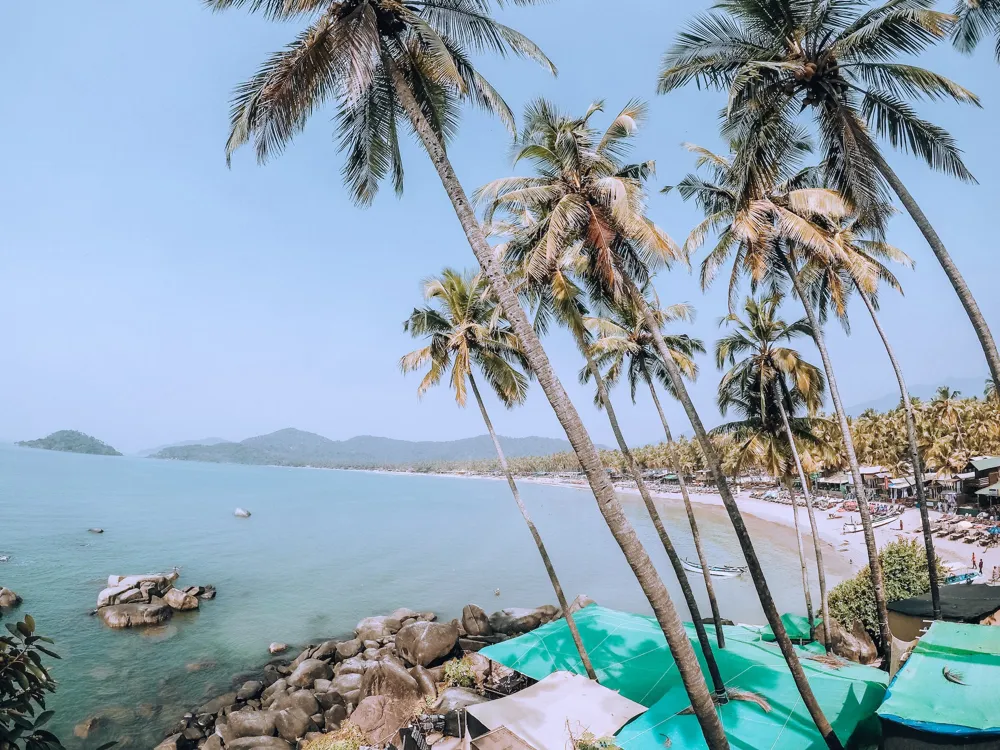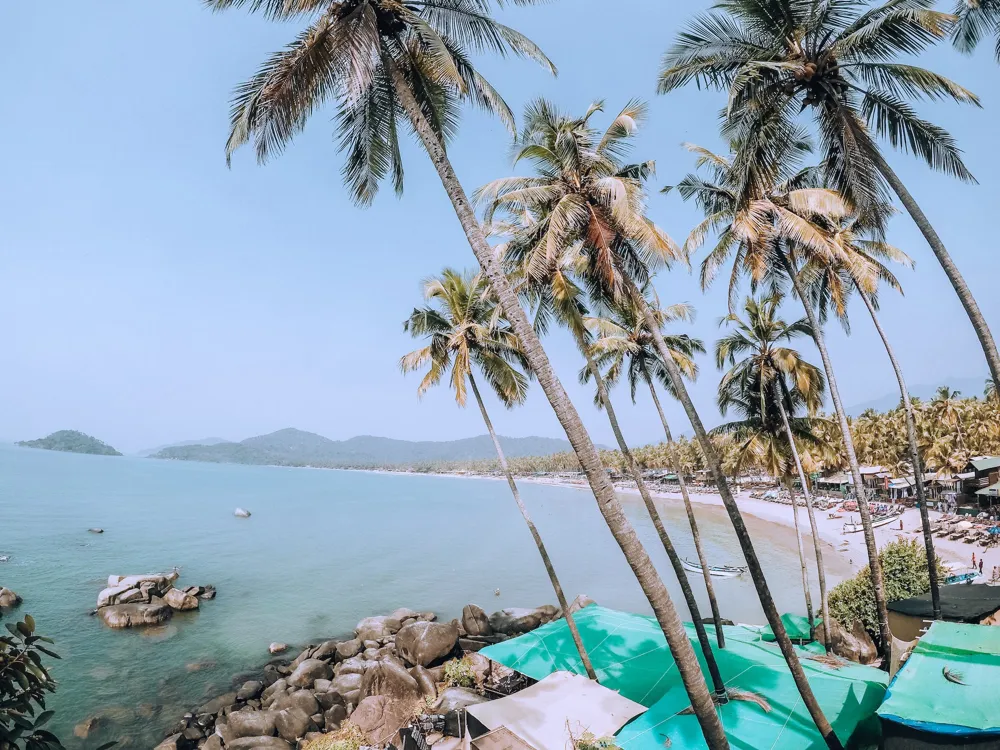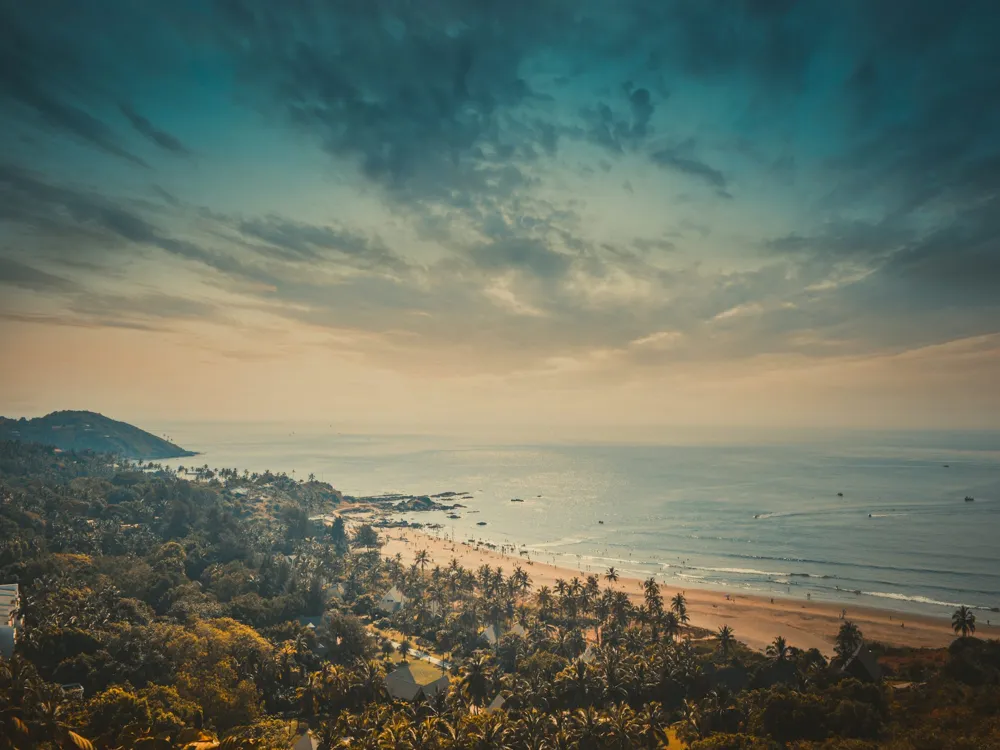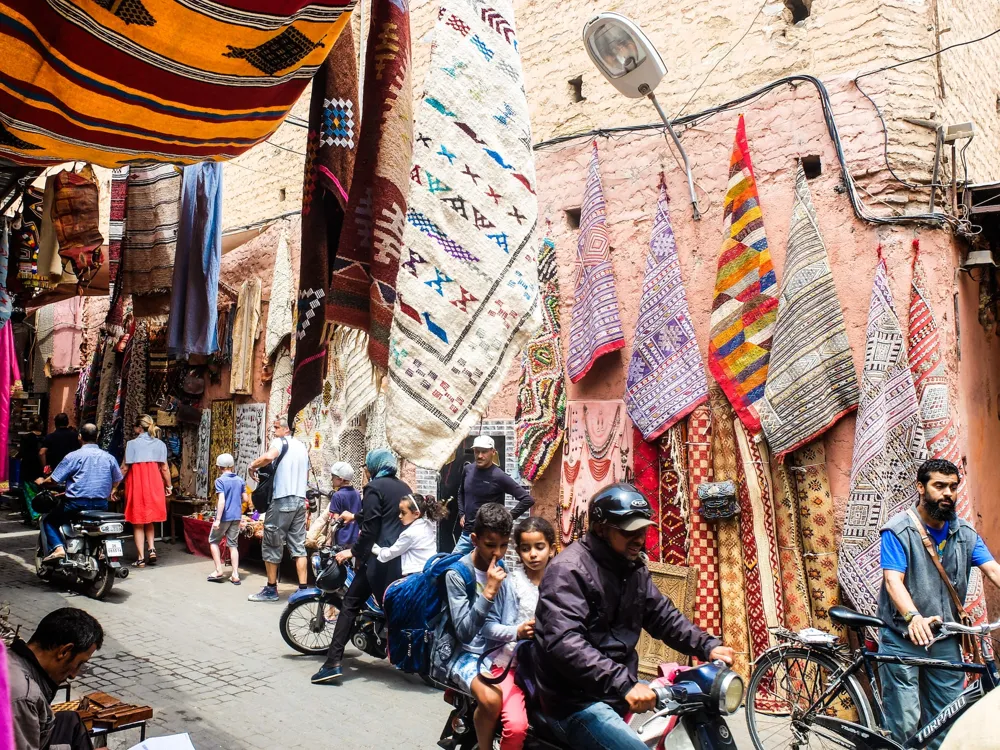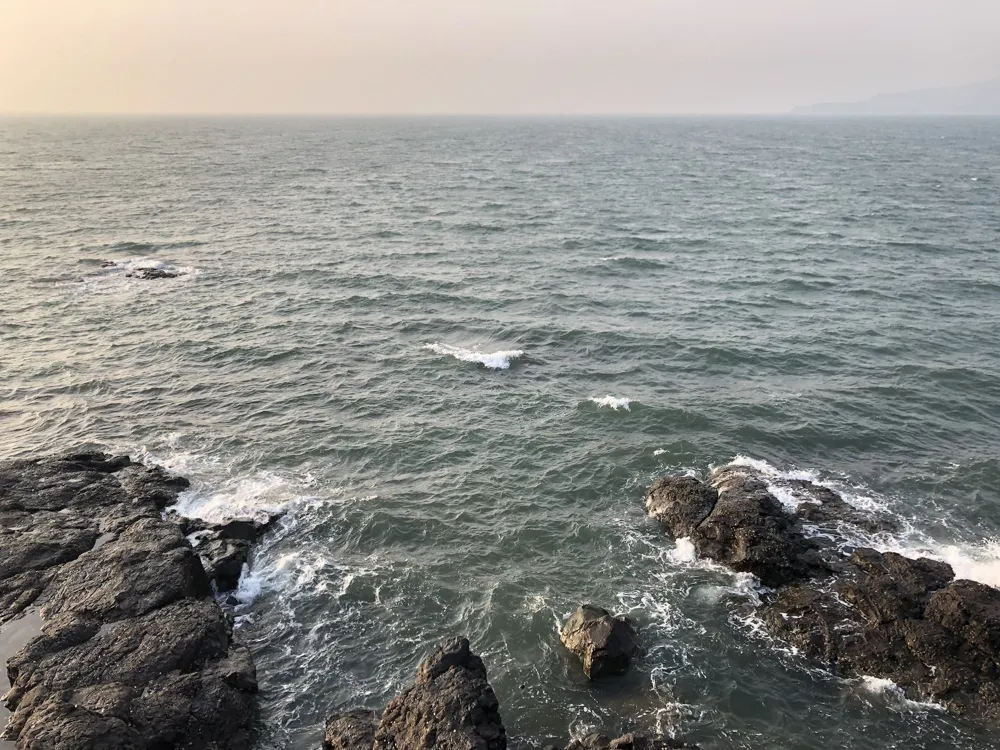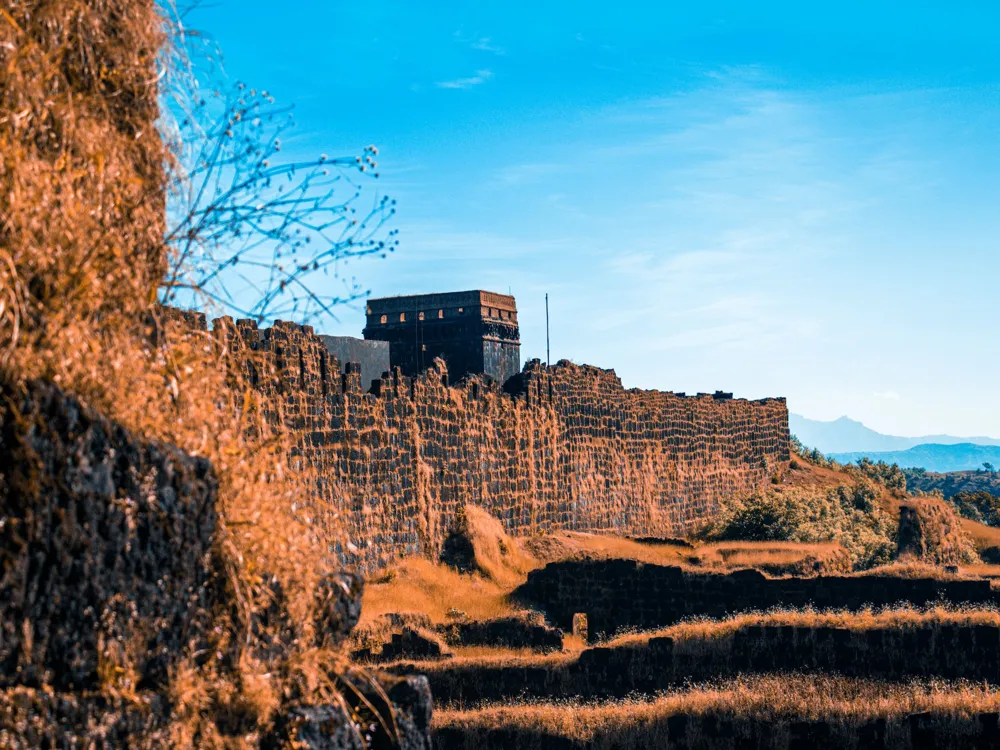South Goa, a gem in the Western part of India, is a haven for those seeking a blend of natural beauty and cultural richness. Known for its pristine beaches, scenic landscapes, and tranquil atmosphere, South Goa stands apart from its more bustling northern counterpart. This region boasts a laid-back vibe, making it a perfect escape for travelers looking to unwind and indulge in nature’s beauty.
The beaches in South Goa are famously less crowded, offering visitors a peaceful retreat. Palolem Beach, with its crescent shape and calm waters, is ideal for swimming and sunbathing. Agonda Beach, a nesting site for sea turtles, provides a unique opportunity to witness these creatures in their natural habitat. Colva Beach, blending the charm of fishing villages with modern amenities, is a perfect mix of tradition and comfort.
South Goa is not just about its beaches; it's a cultural hotspot too. The region's history is etched in its numerous churches, temples, and old houses, standing as a testament to its rich heritage. The Portuguese influence is particularly evident in the architecture and cuisine, offering a unique experience unlike anywhere else in India.
The cuisine in South Goa is a delightful blend of Indian and Portuguese flavors. Seafood plays a central role in Goan dishes, with fish curry and rice being a staple. The use of kokum, tamarind, and vinegar in cooking adds a distinct tanginess to the food, making it a culinary adventure for your taste buds.
Goa’s architecture is a seamless blend of Indian and Portuguese influences, reflecting the region's historical and cultural evolution. This unique architectural identity is evident in its churches, temples, and old homes, offering a visual journey through time.
The Portuguese arrival in the 16th century significantly impacted Goan architecture. This influence is most visible in the majestic churches of Old Goa, such as the Basilica of Bom Jesus and Se Cathedral. These structures showcase Baroque architecture, with intricate carvings, beautiful altars, and impressive facades.
Traditional Goan houses, with their distinct red-tiled roofs, large verandas, and oyster shell windows, also tell the story of a rich cultural amalgamation. These houses are a testament to the adaptation of the Goan people, blending Portuguese architectural elements with local building practices.
In contrast to the Portuguese-influenced churches, Goan temples offer a glimpse into the region’s Hindu heritage. These temples, like the Mangueshi Temple, are known for their simple yet elegant architecture, vibrant festivals, and deep-rooted religious traditions.
The ideal time to visit Goa is from November to February when the weather is pleasant, with cooler temperatures and less humidity. This period also coincides with various festivals and events, adding to the overall experience.
Renting a scooter or a bike is the most convenient way to explore Goa, offering the flexibility to discover hidden gems at your own pace. For longer distances, consider hiring a taxi or using the local bus service.
Goa has a rich cultural heritage. It’s important to respect local traditions and customs, especially when visiting religious sites. Dress modestly in temples and churches, and always ask for permission before taking photographs.
Reaching Goa is convenient, with multiple options available. The Dabolim Airport in Goa is well-connected to major Indian cities and some international destinations. If you prefer train travel, Goa is accessible via the Konkan Railway, offering a scenic journey along the western coast of India. For road travelers, Goa has a good network of highways connecting it to neighboring states.
The Dabolim Airport is the main entry point for those flying into Goa. It’s well-served by domestic airlines from major cities like Mumbai, Delhi, and Bangalore, as well as international flights from select locations.
The Konkan Railway offers a picturesque route to Goa, passing through tunnels, bridges, and lush landscapes. Major train stations in Goa include Madgaon, Vasco-da-Gama, and Thivim, catering to different parts of the state.
Goa is well-connected by road with major highways like NH 66 running through the state. Regular bus services from neighboring states make it an accessible option for road travelers. Self-driving to Goa offers an adventurous and flexible journey.
Discover the Serenity of South Goa
The Mesmerizing Beaches
Cultural Riches and Heritage
Goan Cuisine
The Architectural Wonders of Goa
Portuguese Influence
Traditional Goan Houses
Temples in Goa
Essential Travel Tips for Visiting Goa
Best Time to Visit
Transportation Tips
Respect Local Culture
Navigating Your Way to Goa
By Air
By Train
By Road
Bamanbudo Waterfalls
South Goa
Goa
NaN onwards
View goa Packages
Weather :
Tags : Waterfall
Timings : 24 hrs
Time Required : 1 - 2 hrs
Entry Fee : No Entry Fee
Planning a Trip? Ask Your Question
Goa Travel Packages
View All Packages For Goa
Top Hotel Collections for Goa

Private Pool

Luxury Hotels

5-Star Hotels

Pet Friendly
Top Hotels Near Goa
Other Top Ranking Places In Goa
View All Places To Visit In goa
View goa Packages
Weather :
Tags : Waterfall
Timings : 24 hrs
Time Required : 1 - 2 hrs
Entry Fee : No Entry Fee
Planning a Trip? Ask Your Question
Goa Travel Packages
View All Packages For Goa
Top Hotel Collections for Goa

Private Pool

Luxury Hotels

5-Star Hotels

Pet Friendly









